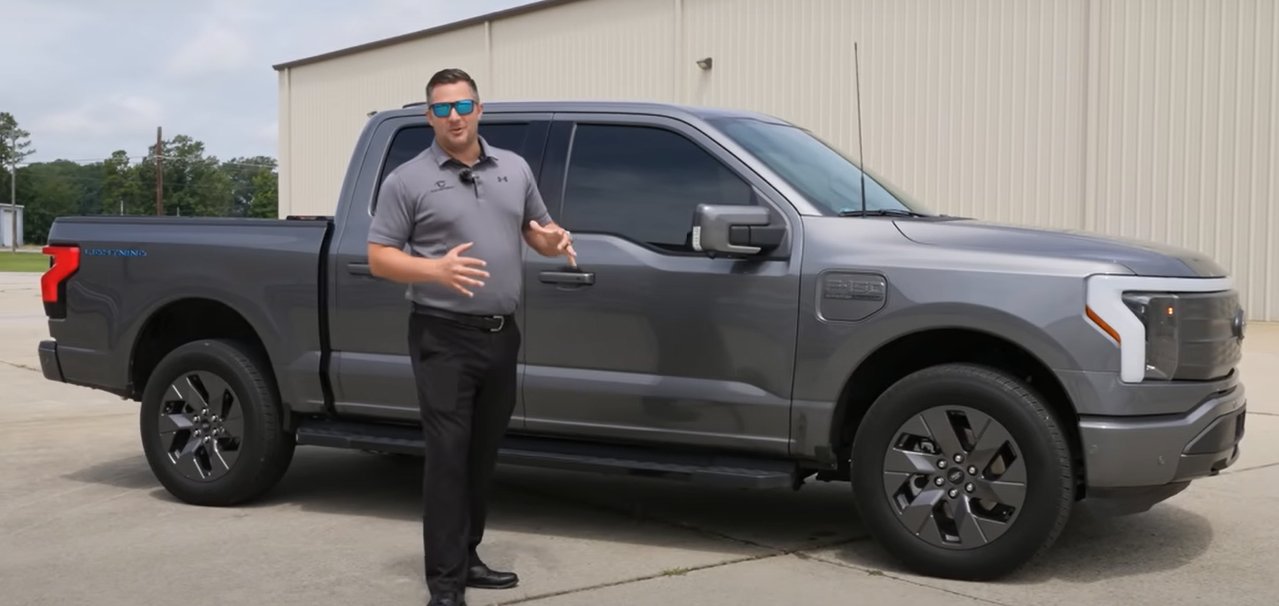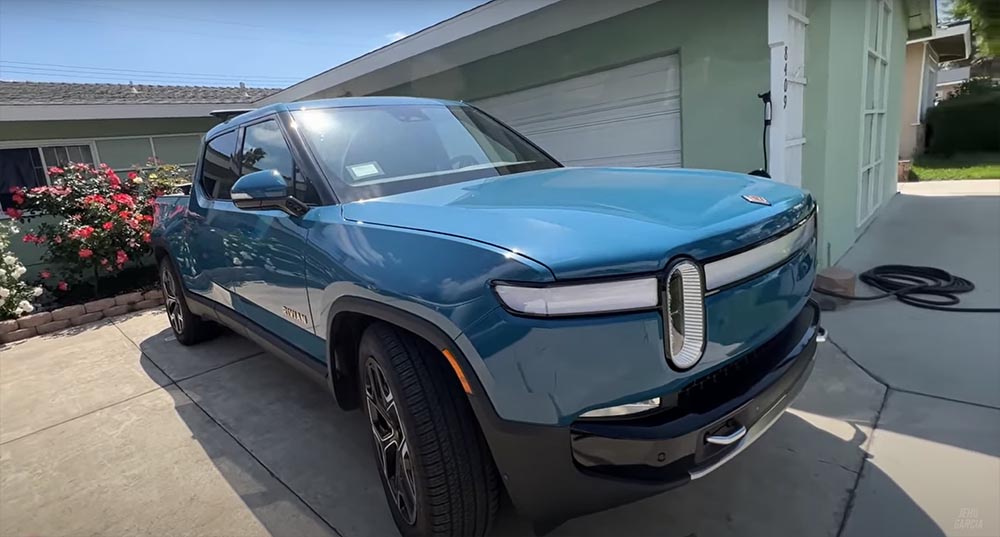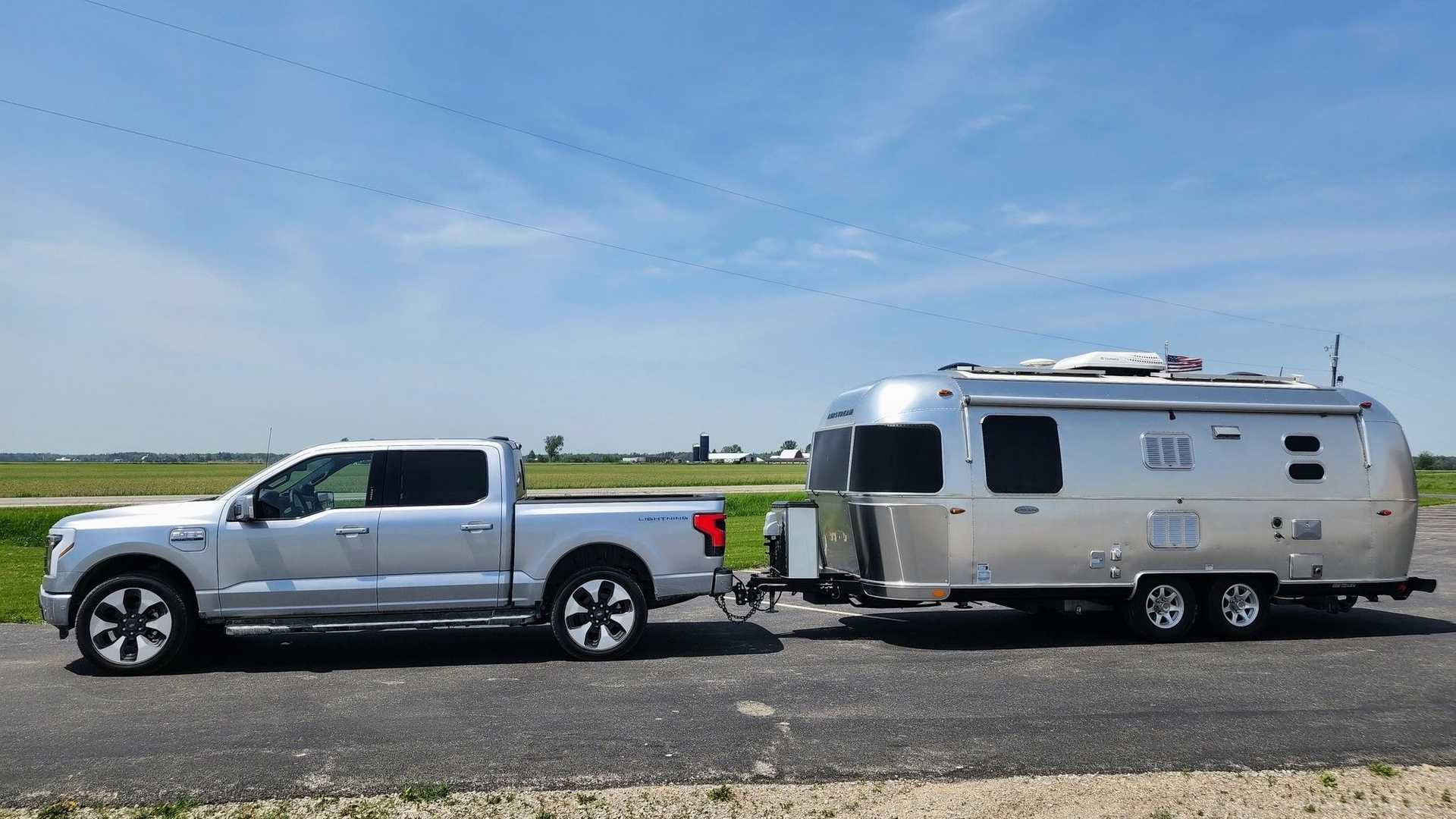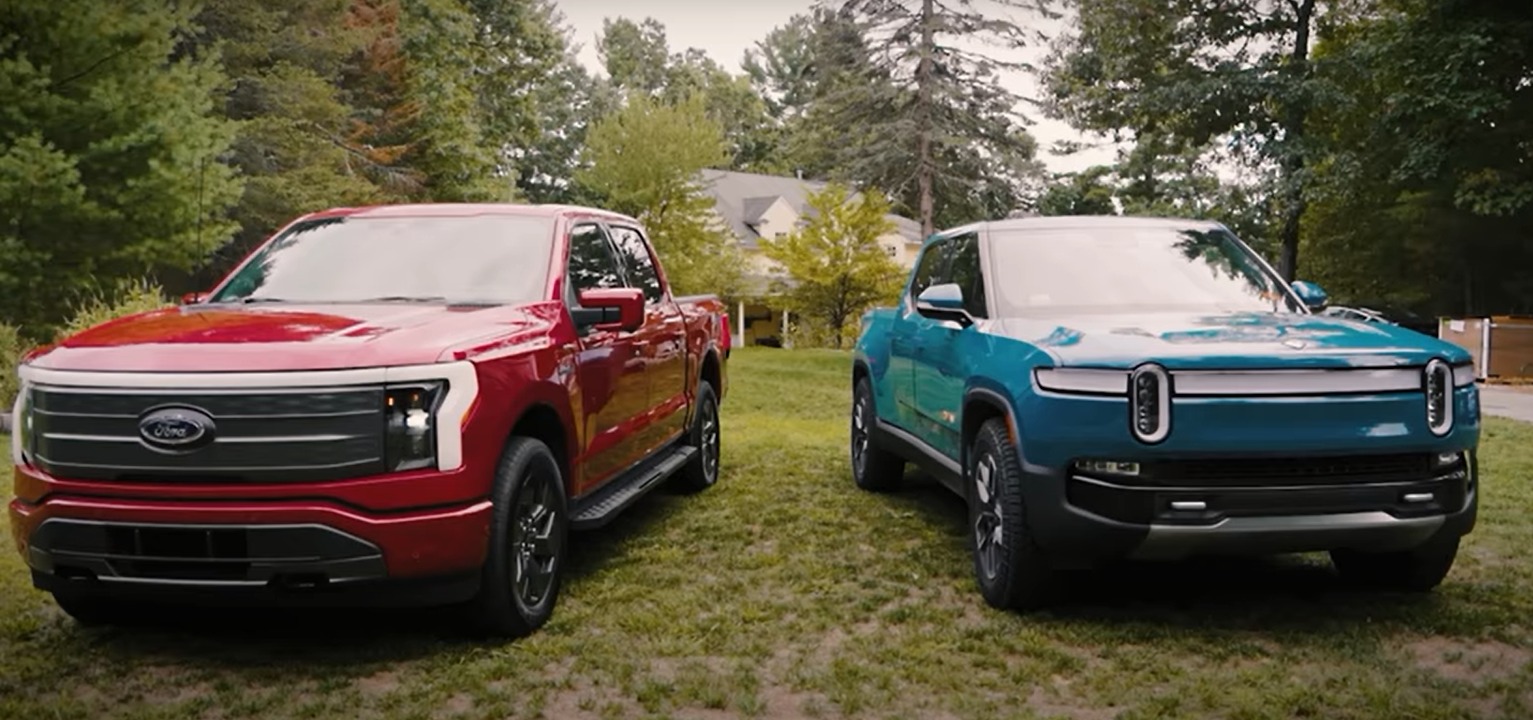In April 2022, Ford initiated production of its highly anticipated F-150 Lightning at the Rouge Electric Vehicle Center. A month later, the first deliveries commenced, marking a significant milestone in the realm of electric trucks. Over a year since its debut, initial ownership reviews have surfaced, offering valuable insights into various aspects of Ford’s groundbreaking foray into electric pickups.
Among these early reviewers is Mitchell Watts, Vice President of the Town & Country Ford dealership in Alabama, who not only got his hands on the Ford F-150 Lightning but also shared his personal journey with the electric truck through a detailed YouTube video. With a commendable 16,532 miles under his belt, Watts provided a comprehensive overview of his experience.
Ford provides consumers with four distinct variants of the F-150 Lightning: Pro, XLT, Lariat, and Platinum. Buyers also have the option to choose between two battery packs: a standard range pack boasting a usable capacity of 98 kilowatt-hours and an extended range pack with 131 kWh of usable capacity. Depending on the selected variant, the EPA-estimated driving range spans between 240 to 320 miles, effectively addressing concerns over long-distance electric travel.
In a year where reliability is crucial, the F-150 Lightning appears to have held up well, with no significant reliability issues reported within the first year of ownership. Mitchell Watts did encounter a minor inconvenience stemming from the front or rear wheel hub, resulting in clicking noises during acceleration or braking. However, this hiccup was promptly addressed, highlighting the company’s commitment to swift problem-solving.
One issue that emerged pertained to condensation within the rear light bar. This phenomenon was observed by Watts while filming his review. As per a Ford recall notice, specific units from the 2022 and 2023 model years are susceptible to this problem due to microscopic cracks in the outer lens of the rear light bar. Ford acknowledges that these cracks, potentially exacerbated by slamming the tailgate shut, might lead to condensation accumulation. This, in turn, could compromise the functionality of the lights, potentially posing safety concerns.
In the realm of efficiency, the F-150 Lightning proved commendable, averaging two miles per kilowatt-hour. Remarkably, this efficiency was maintained even under the conditions of regular driving at 80 miles per hour. The calculated efficiency of 2.4 miles per kilowatt-hour, based on EPA data and usable battery capacity, underscores the truck’s prowess in energy conservation.
Watts also highlighted several practical and ergonomic advantages of the F-150 Lightning. The inclusion of a spacious 14.1-cubic-feet frunk (equivalent to 400 liters) emerged as a standout feature. This compartment is versatile enough to accommodate everyday items like backpacks and even professional camera equipment. Furthermore, the presence of 120V sockets allows for convenient recharging of such equipment on the go.
A particularly ingenious design element highlighted by Watts is the retractable gear lever. This feature creates additional space within the cabin, enabling the center console to fold flat, effectively transforming it into a compact table. This innovation proves particularly handy for impromptu meals while on the move.
In terms of charging costs, Watts offered a practical perspective. Over the course of a year, he spent approximately $248 on fast charging and around $950 on home charging. These figures culminate in an estimated total annual charging expense of $1,200. This frugal expenditure pales in comparison to the estimated $3,000 worth of gasoline that a traditional F-150 with a V8 engine might consume over the same period.
For context, according to EPA data, annual gasoline costs for various F-150 models range from $2,150 for the 3.5-liter, six-cylinder hybrid version to $3,600 for the high-performance Raptor variant. Watts’ comparison underscores the potential economic benefits of transitioning to an electric truck like the F-150 Lightning.







